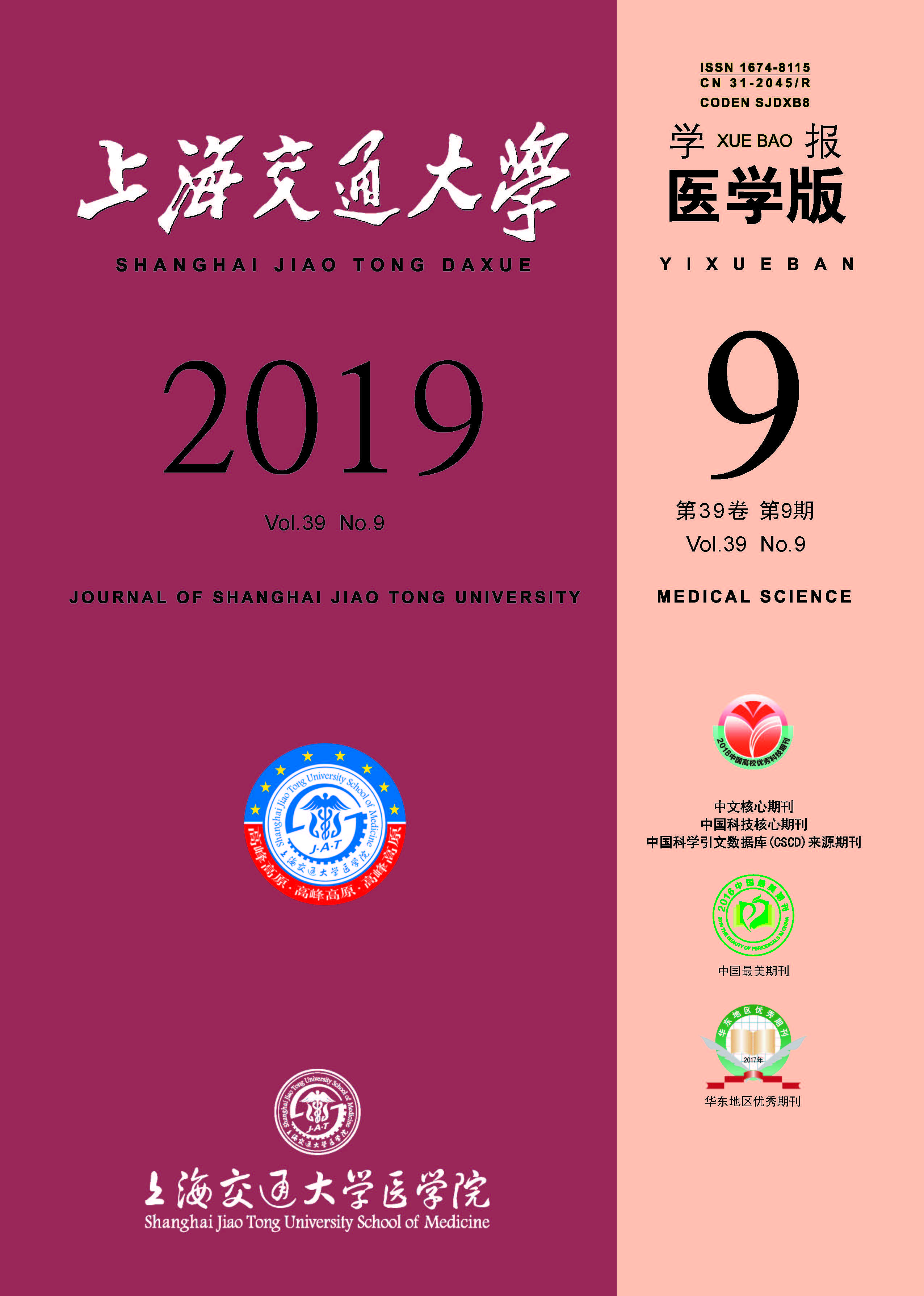|
|
Receptor status testing and its influence on following treatment selection in breast cancer patients with loco-regional recurrence
LU Yu-jie, JIN Ze-yu, LI Ya-fen, SHEN Kun-wei, CHEN Wei-guo, CHEN Xiao-song
2019, 39 (9):
1071.
doi: 10.3969/j.issn.1674-8115.2019.09.021
Objective · To analyze the concordance rates of estrogen receptor (ER), progesterone receptor (PR), human epidermal growth factor receptor-2 (HER-2), and Ki67 statuses between the primary and loco-regional recurrence (LRR) lesions and its influence on the following treatment in breast cancer patients. Methods · The breast cancer patients undergoing surgery in Comprehensive Breast Health Center, Ruijin Hospital, Shanghai Jiao Tong University School of Medicine January 2009 to September 2018, who were reported recurrence only in loco-regional site were retrospectively analyzed. ER, PR, HER-2, and Ki67 statuses were detected in primary and LRR lesions. Concordance rates and their influence on following treatment were further analyzed. Results · A total of 7 823 breast cancer patients received surgery, among whom 106 cases experienced LRR without distant metastasis. There were 56 patients having full information about ER, PR, HER-2, and Ki67 statuses of LRR lesions, with the positive rates of 48.2%, 25.0%, 35.2%, and 81.5%, respectively. Concordance rates of ER, PR, HER-2, and Ki67 between primary and LRR lesions were 76.8%, 76.8%, 89.1% and 77.8%, with κ values at 0.538, 0.469, 0.729, and 0.402, respectively. Hormone receptor (ER or PR) (14 cases) and/or HER-2 (6 cases) statuses were altered in 18 patients. The hormone receptor status changed positive to negative in 9 cases, of which 4 cases did not receive following endocrine therapy. The HER-2 status changed negative to positive in 4 patients, and 1 of them received following anti-HER-2 targeted therapy. Conclusion · The concordance rates between primary and LRR breast cancer lesions of ER, PR, and Ki67 are moderate, and the concordance rate of HER-2 is high. Changes in receptor status in LRR lesions may affect the choice of following treatment options.
Related Articles |
Metrics
|

